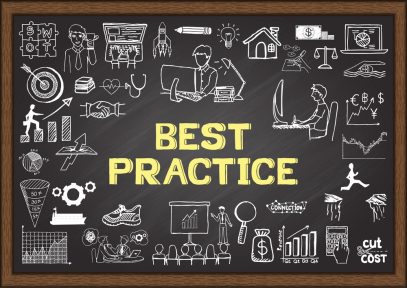Export Best Practice (EBP) is a new tool designed for companies that want to grow their exports. It offers the best practices adopted by large companies in ways that are within reach of small and medium-sized enterprises.

FINDING NEW MARKETS: LET’S START WITH THE NUMBERS
Exporting your products is now a must. Not so obvious, though, is how to go about doing it. Often you start by attending a trade show and see what happens. But today it is increasingly necessary to have skills – which are not just a knowledge of languages. It is important to know the different markets so as to make the right choices, thus saving time and money.
For 12 years I have worked alongside companies on these issues – as a temporary export manager and consultant – and a tool that I always use to orient myself on international markets is Export Planning . It helps me to understand the flows of international trade for various products, which are the main markets and, especially, which are the growth markets. First of all it is important to begin from the numbers and not from personal impressions or hearsay.
BUT THE NUMBERS ARE NOT ENOUGH
The numbers are a starting point for developing an export plan, but they must then be validated and completed by other activities:
- Understanding what our competitors are doing (not just the Italian ones we usually already know well). And here I am not just referring to their products (this aspect is usually quite well known). I also refer to: which trade shows do they exhibit in, who are their distributors, how do they communicate when presenting their products, etc.
- Listen to our sales network. Today, selling is an increasingly urgent imperative and our salespeople, agents and distributors are at the forefront. Yes, we must put pressure on them but also listen to them carefully. They have first-hand information on which direction the markets are taking!
- Acquire information on the markets. Export Planning offers us a wealth of information but it is also important to collect quality information on the markets. Today the web offers us an enormous amount of this information. However, it is important to dedicate time to this type of research and, above all, to use a method. The amount of data is so large that if we don’t use some trick it’s like trying to drink from a fire hydrant.
- Focus on our most valuable proposal. Today this is a fundamental approach if you want to catch the attention of our potential customers.
These are some of the best practices that are essential for exporting successfully. Summarizing, we could say: big data and skills for a winning export!
THIS MEANS HAVING A STRATEGY
The methods we have outlined is what a large firm usually does when dealing with international markets. In other words, a strategy is given. Usually, however, small and medium-sized companies do not have the time, resources and, often, the mentality to deal with exports in a rational way. Today, however, there is EBP that allows you to face international markets with more skills and a clear strategy.
EXPORT BUSINESS PRACTICE
The EBP project – in whose team I am also a part of – was created to successfully accompany small and medium-sized enterprises into foreign markets. Our services combine the skills of consultants with many years of experience – such as myself – with the wealth of information of the Export Planning platform. Creating a winning mix. Finally, EBP has been designed with a formula that allows you to contain costs and is therefore within the reach of even small businesses.
We are at the end of the year, and it is time to take stock: we must dedicate this time also to understanding why our exports have been unsatisfactory and to develop a strategy for 2022. Now, you have a prepared team by your side: www.exportbestpractice.com
